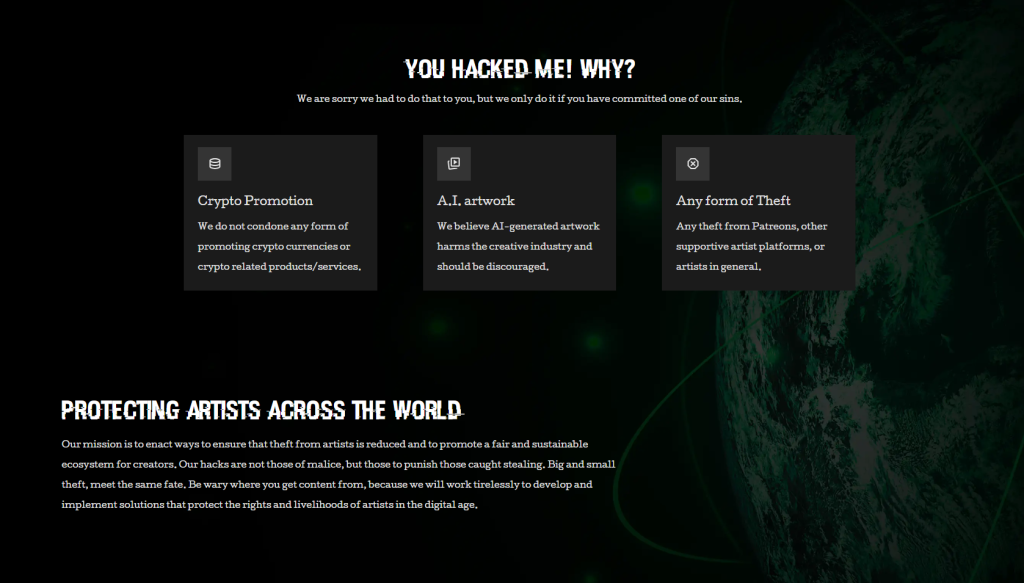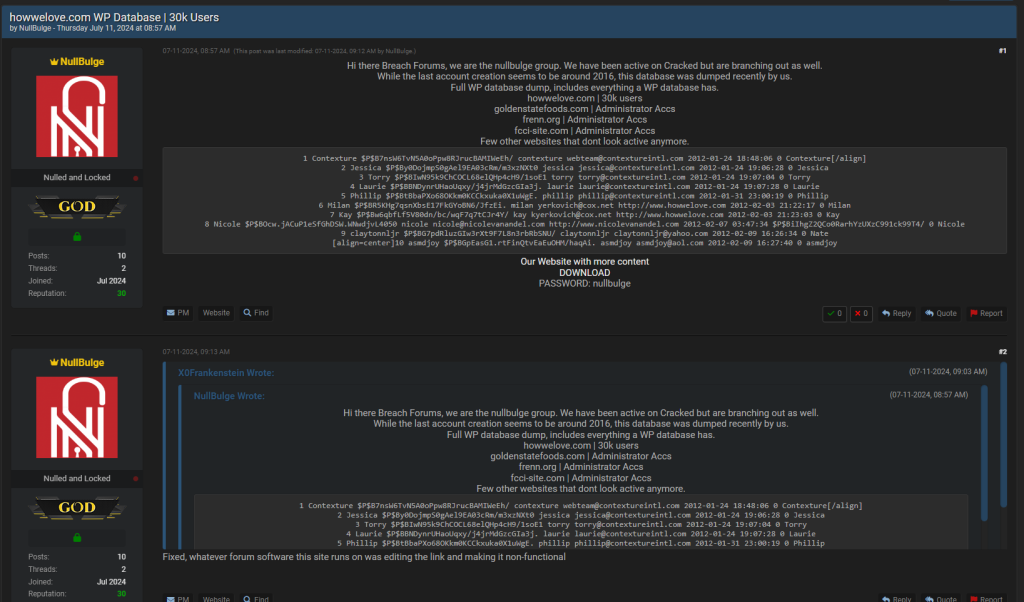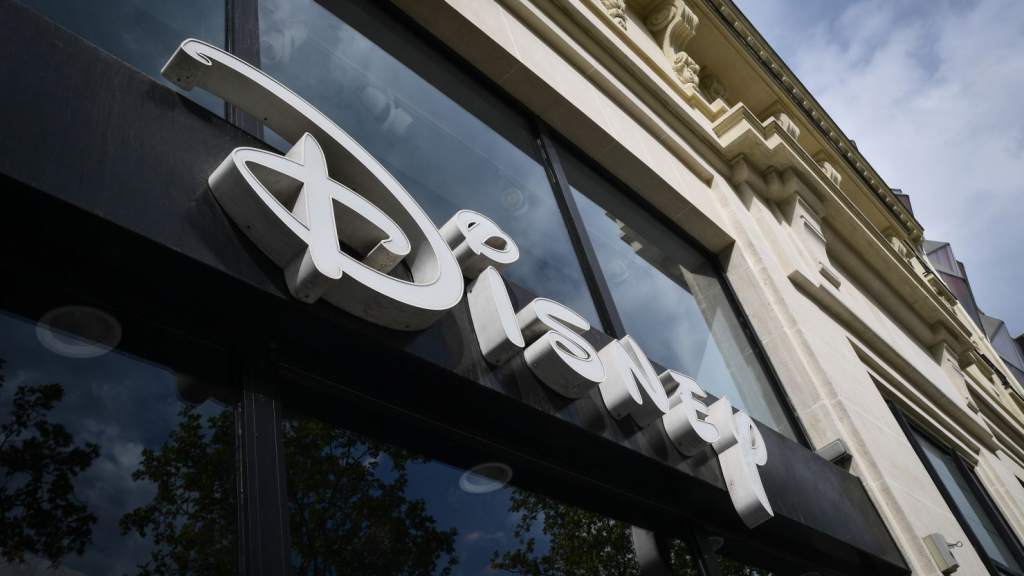The Breach: What Happened?
Disney is facing a significant cybersecurity incident just months after its high-profile proxy battle. A hacktivist group, NullBulge, claims to have leaked a massive amount of internal data from Disney’s Slack channels. This data includes everything from marketing discussions, interview candidate assessments, and studio technology details, to more personal content like co-workers’ dog pictures.

The Wall Street Journal reported that NullBulge, known for its stance against AI-generated art, used a Trojan horse method to infiltrate Disney’s internal systems. A Disney software development manager unknowingly downloaded a video-game add-on containing the malware, giving the group access to Disney’s Slack channels. The hackers used an undisclosed method to access the internal software a second time.
The Hacktivists’ Motivation
NullBulge is an anonymous group “claimed” to protecting artists’ rights in the age of AI. They oppose the use of copyrighted work without consent for training AI tools like OpenAI’s DALL-E and Sora. These AI tools can generate images and videos from text prompts, raising concerns among artists about their work being used without compensation and the potential for AI to replace human artists.

NullBulge describes itself as a group that hacks to punish those it believes are stealing from artists. The group have previously compromised interfaces for popular AI image generators, including Stable Diffusion, using malware to steal logins.
What Was Leaked From Disney’s Slack?
According to NullBulge, the group seized 1.1 Terabytes of data from Disney’s Slack channels. This includes every message and file shared on nearly 10,000 channels, ranging from images and code to login credentials and internal webpages. The leaked data also contains information on visitor numbers and revenue for Disneyland Paris and documents about unreleased projects.
The group claims it did not attempt to bargain with Disney before leaking the data, instead choosing to release the information on BitTorrent, a decentralized platform for file sharing. Internal conversations about potential job candidates and software development plans dating back to 2019 were among the leaked content viewed by The Wall Street Journal. However, the publication could not confirm the full scope of the stolen data or the methods used to obtain it.
Disney’s Response
Disney has confirmed it is investigating the matter but did not provide additional comments by the time of publication. The company’s spokesperson told The Wall Street Journal that they are looking into the incident.
Broader Implications
This breach is part of a larger trend of cyberattacks targeting media and telecom companies. Earlier this year, companies like Roku, Live Nation (owner of Ticketmaster), and AT&T also experienced significant data breaches.
For Disney, this breach raises questions about the security of its internal communications and the potential damage to its reputation and operations. The leaked data could expose sensitive information about future projects, internal strategies, and employee communications, potentially affecting Disney’s competitive edge and trust with its employees and partners.
The Fight Against AI-Generated Art
The incident highlights the ongoing conflict between traditional artists and the growing use of AI in the creative industry. Many artists feel their work is being used without proper consent or compensation to train AI tools, which could eventually replace them. While some artists are seeking legal recourse, current copyright laws do not adequately address the issues raised by AI-generated content.

Groups like NullBulge are taking matters into their own hands, using hacking as a form of protest to protect artists’ rights and ensure fair compensation. This approach, while illegal and controversial, underscores the urgency of addressing the ethical and legal challenges posed by AI in the creative industry.
Tolerance For Cyberspace Vigilante?
The recent data breach at Disney by the hacktivist group NullBulge is a stark reminder of the vulnerabilities even major corporations face in the digital age. As Disney investigates this breach, it must also consider the broader implications for its approach to AI and artists’ rights. This incident could serve as a catalyst for more robust security measures and a more thoughtful approach to integrating AI into the creative process.
By addressing these concerns proactively, Disney can work towards a future where technology and creativity coexist harmoniously, ensuring fair treatment and compensation for artists while leveraging the benefits of AI.


